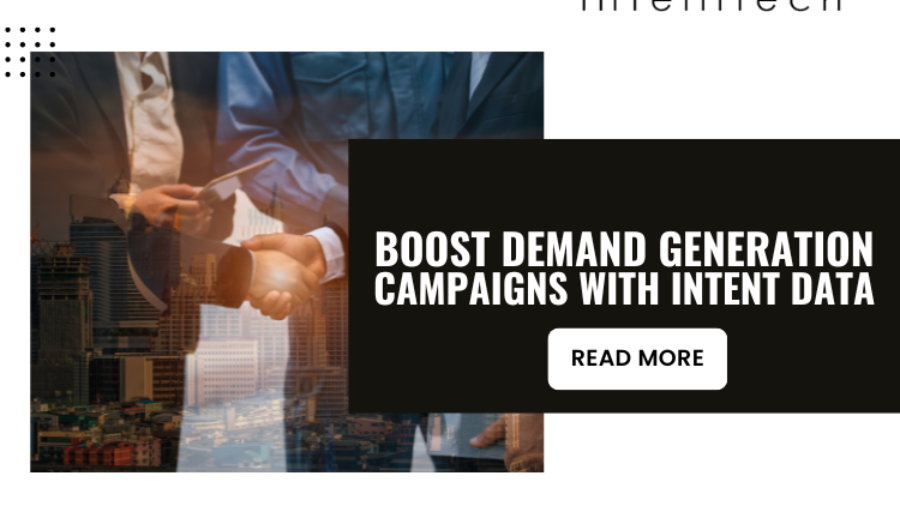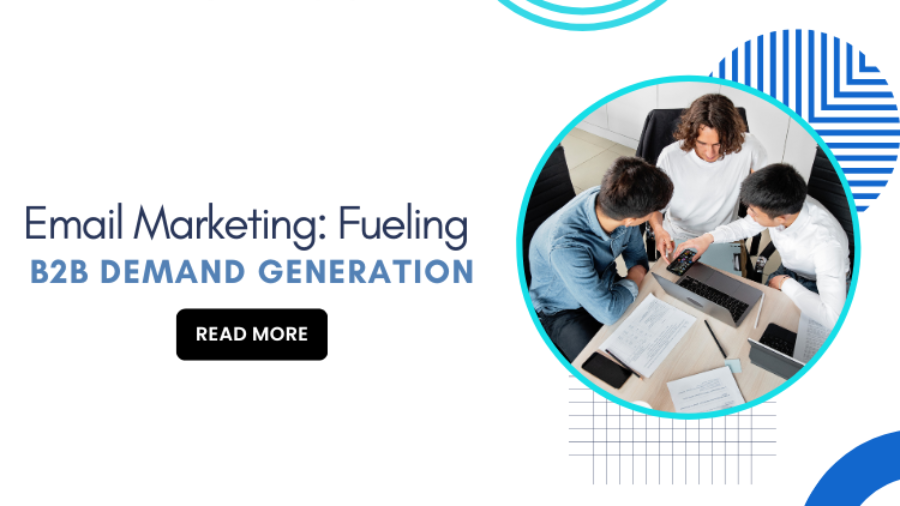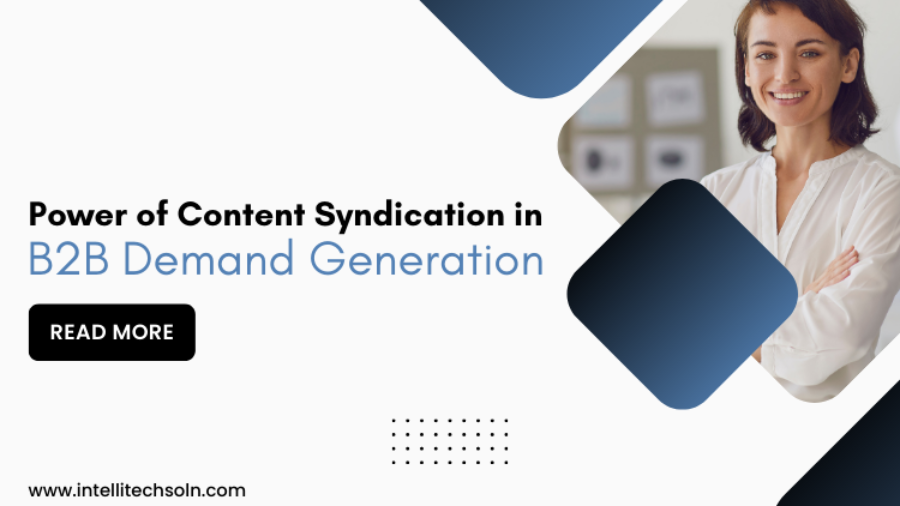In the dynamic world of B2B marketing, staying ahead of the curve is essential for driving demand and fostering business growth. As digital landscapes continue to evolve, innovative strategies are required to cut through the noise and captivate the attention of your target audience. One such strategy that has emerged as a game-changer is content syndication. By strategically using the potential of content syndication, businesses can supercharge their demand generation efforts and pave the way for sustainable success.
Audience Engagement
One of the most compelling advantages of content syndication is its ability to precisely target decision-makers and stakeholders within your niche. Unlike traditional marketing methods that rely on broader outreach, content syndication allows you to reach prospects who have already expressed interest in similar topics. This focused approach significantly increases the chances of engagement and conversions.
Measurable Insights
Another invaluable aspect of content syndication is the wealth of data-driven insights it provides. Through analytics, you can gain valuable information about the performance of your syndicated content, such as click-through rates, engagement levels, and conversion rates. This data allows you to fine-tune your strategy based on real-time feedback, optimizing your content for better results.
Maximizing ROI
Efficiency in demand generation is closely tied to the return on investment (ROI) generated by your efforts. Content syndication offers a cost-effective way to tap into established platforms, gaining exposure without the need for extensive advertising expenses. By allocating resources to platforms aligned with your niche, you can ensure that your efforts are targeted where they matter most.
Conclusion
Content syndication isn't just a strategy; it's a dynamic force that reshapes the way demand generation works in the B2B landscape. By harnessing its power, businesses can reach the right audience at the right time, nurture engagement, and position themselves as thought leaders. With data-driven insights and a multi-channel approach, content syndication becomes a catalyst for achieving robust demand generation and sustainable business growth. In the age of digital marketing, embracing content syndication is a decision that can redefine success.










